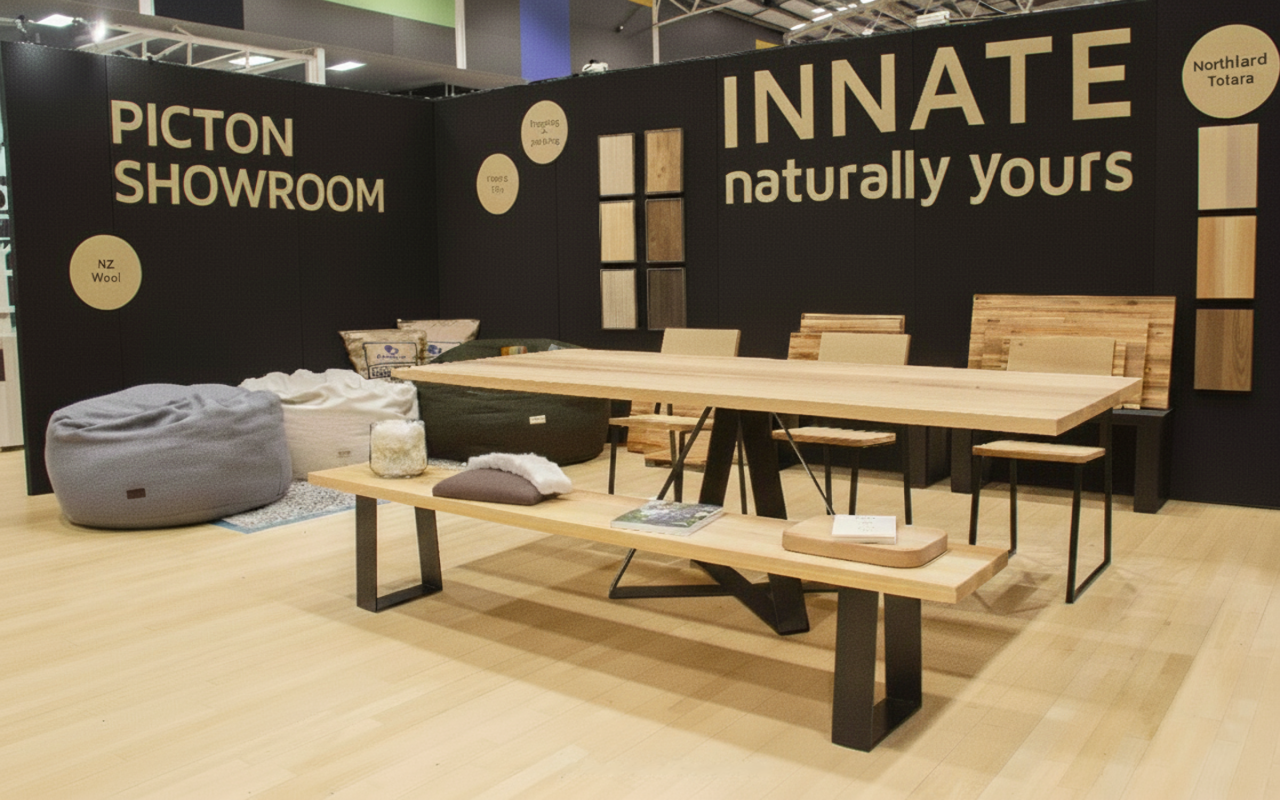Custom furniture is made in 4-6 weeks, some items are in stock. If you need something faster, just let us know.

Unlocking the Potential of Northland Tōtara
Posted on
Tōtara: A Resilient and Underutilised Resource
Tōtara (Podocarpus totara) is one of New Zealand’s most iconic native timbers. Long revered by Māori for waka building and carvings, this species is known for its durability, workability, and natural resistance to decay. While historically underutilised in modern forestry, recent research and industry collaboration are unlocking its potential as a sustainable, high-value timber resource.
Northland, in particular, holds vast reserves of naturally regenerating tōtara on privately owned farmland. Unlike large-scale plantation forestry, these trees have regrown naturally over generations, creating a unique opportunity for sustainable management without compromising native biodiversity.

The Tōtara Industry Pilot Project: A Game Changer for Forestry
A key initiative driving the resurgence of tōtara is the Tōtara Industry Pilot (TIP) project. This programme is a collaboration between Manaaki Whenua – Landcare Research, Scion, the Northland Tōtara Working Group, iwi, landowners, and industry partners. Its goal is to establish a viable, sustainable industry around selectively harvesting and processing naturally regenerating tōtara.
The TIP project seeks to:
- Develop best-practice harvesting guidelines that ensure forest health and regeneration.
- Build a market for Northland tōtara timber as a sustainable alternative to imported hardwoods.
- Support regional economies by creating jobs and adding value to a resource that has been largely overlooked.
- Enhance biodiversity by promoting continuous cover forestry, which maintains ecological integrity while enabling selective logging.

A Sustainable Alternative to Exotic Hardwoods
One of the biggest advantages of Northland tōtara is its sustainability compared to exotic and imported timbers. Many tropical hardwoods come from deforested regions, while radiata pine requires intensive chemical treatments to match the durability of tōtara.
By investing in a locally sourced, naturally durable timber, New Zealand can:
- Reduce reliance on unsustainably harvested imported hardwoods.
- Promote low-impact, continuous cover forestry, preserving native ecosystems.
- Create regional employment opportunities, particularly in Northland’s rural communities.
- Support Māori landowners in developing forestry enterprises that align with kaitiakitanga (guardianship of the land).
Applications of Northland Tōtara
With its unique properties, tōtara is ideal for:
- High-end furniture – A beautiful grain and natural warmth make it a sought-after choice.
- Cladding and decking – Its durability and resistance to rot make it an excellent outdoor material.
- Joinery and panelling – Tōtara is easy to work with and takes finishes well.
- Boatbuilding and heritage restoration – A nod to its historic significance.
The Future of Tōtara in New Zealand Forestry
The Tōtara Industry Pilot project represents a transformational opportunity for New Zealand’s native timber sector. By demonstrating that tōtara can be harvested sustainably, ethically, and profitably, this initiative paves the way for a new era of indigenous forestry—one that supports both environmental protection and economic growth.
By embracing Northland tōtara, we can move towards a future where native forests are managed as valuable, regenerative resources, rather than being locked away or ignored. The time is now to scale up sustainable tōtara harvesting, create a thriving domestic industry, and lead the world in innovative, eco-friendly forestry solutions.
With the right policies, market support, and industry collaboration, Northland tōtara could become a flagship for sustainable timber production in Aotearoa—a legacy of conservation, craftsmanship, and cultural respect for generations to come.

Leave a comment: